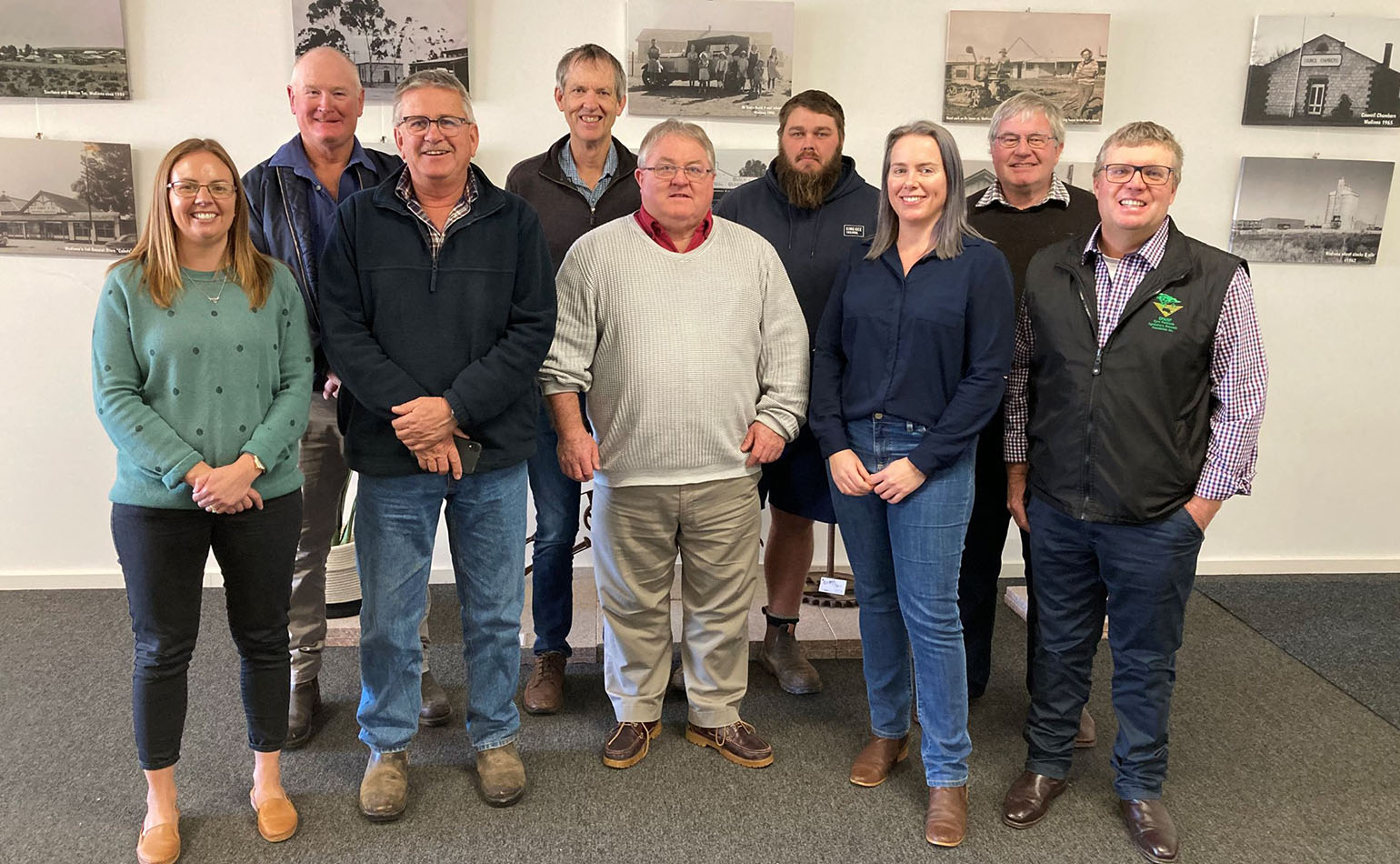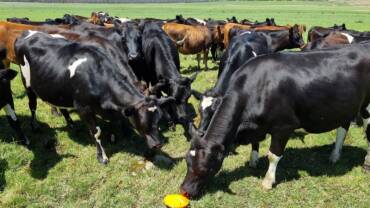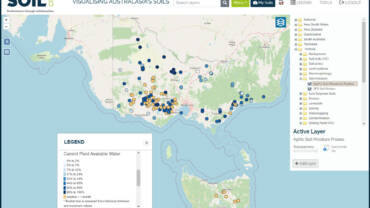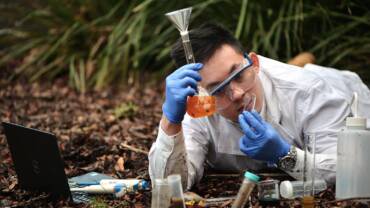Five with a farmer group – AIR EP
| Posted Jul 30,2020The newly formed Board of AIR EP
The Soil CRC’s Communications Manager caught up with Executive Officer of AIR EP – Naomi Scholz – for a five-minute chat.
Tell us about AIR EP
AIR EP stands for Agricultural Innovation and Research Eyre Peninsula. In May this year, the Lower Eyre Agricultural Development Association (LEADA) and the Eyre Peninsula Agricultural Research Foundation (EPARF) officially amalgamated to form AIR EP.
It made sense to consolidate our resources and reduce duplication so we could all get back to RD&E which is what we love. It has also created a stronger, more streamlined body for funding collaborators and a stronger membership base. Bringing the two groups together has resulted in a combined membership base of about 400 people.
What area and type of farming do you cover?
AIR EP covers about 8 million hectares of farming land on the Eyre Peninsula in South Australia. This is an area roughly from Whyalla in the east through to Coorabie in the west and Port Lincoln in the south.
The majority of farms in the region are mixed enterprise and just under half of the area is remnant vegetation. Properties in the Upper Eyre Peninsula are predominantly sheep and cereals – mostly wheat and barley, and in the lower Eyre Peninsula, the farming is more intensive and diverse with canola, lentils and beans also commonly grown.
The upper Eyre Peninsula is considered a low rainfall area (up to 325mm/year), whereas the lower Eyre Peninsula is a medium rainfall area with 400+mm/year.
What type of soil do you have?
As you would expect there is a great diversity of soils over such a large area. The western side of the Eyre Peninsula is dominated by grey sandy calcareous soils, the lower Eyre Peninsula has heavier duplex soils and the eastern area has large areas of sandy soils.
Soil issues on the Eyre Peninsula include water repellency, wind and water erosion, subsoil constraints like boron toxicity or sodicity. Highly alkaline soils are common in the upper Eyre Peninsula and highly acidic soils occur in lower Eyre Peninsula with waterlogging in winter.
Why is soil important?
Agronomy has focussed a lot of attention on issues above the ground. But below ground is the last frontier. Soil constraints are holding back potential agricultural productivity and up until now, it hasn’t had as much investment as other aspects of agriculture. There is still so much to learn about local soils.
Why did AIR EP become a participant in the Soil CRC?
We have multiple soil constraints that limit our productivity along with low soil fertility, so soil is very important to our members. One area that causes particular concern is highly calcareous soils.
We have a focus on RD & E so aligning with the Soil CRC was a good opportunity. As we are in South Australia, we really trust the research coming from the South Australian Grains Industry Trust (SAGIT), their involvement in the Soil CRC was really encouraging. We could see there would be direct benefits coming out of the Soil CRC.
There are a few issues that we don’t have the capacity to research ourselves, such as herbicide residue in soils. By being part of this Soil CRC project, we have been able to tap into those resources.
What is exciting about working with the Soil CRC?
Creating networks and relationships between growers and researchers means we can get deeper into research. The longevity of the Soil CRC is very important, it allows capacity and relationships to develop.
Projects that AIR EP are working on
Improved management of herbicide residue in soil (4.2.001)
Why soil management practices are adopted (1.2.002)
Surveying farm practices (1.2.004)
Building farmer innovation capability (1.4.002)
Overcoming soil constraints in highly calcareous soils (4.2.003)





